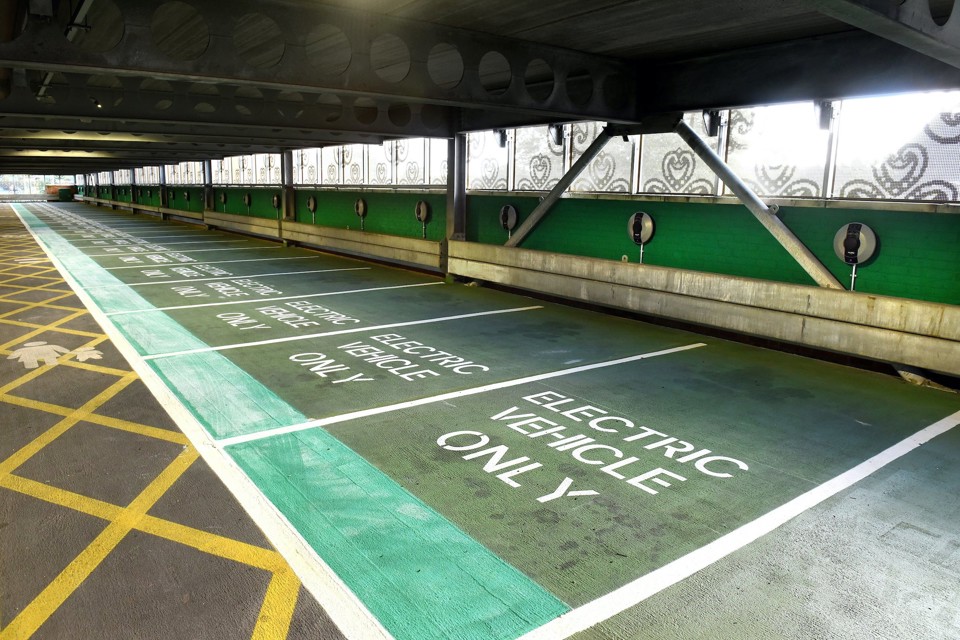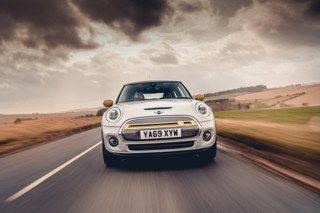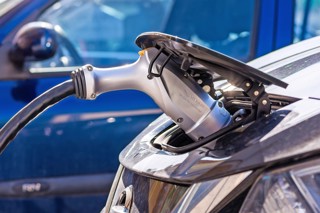Electrifying fleets remains a priority among fleet decision-makers as the new benefit-in-kind (BIK) tax rates and an increasing focus on environmental issues continues to influence company policies.
Safety also continues to be high on the agenda, with many organisations using telematics to monitor and improve driver behaviour.
These were among the topics debated by fleets shortlisted for Fleet News Awards at their roundtable, sponsored by Škoda UK, which took place before the coronavirus lockdown began.
Fleet News: Are you introducing electric vehicles onto your fleets?
Matt Hammond, UK fleet and transport manager, Altrad Services: Over the past 12 months we’ve been focused on the environmental impact of our fleet more than ever. At the moment, fleets are in a bit of a strange situation with what’s going on with diesel and petrol engines, and electrification being pushed through, but I don’t think we are quite there yet with the cars. I’ve got a fleet of around 1,400 vehicles across the UK and we are looking at the fleet, what we do and why we are using the vehicles we are using. Can we use them better? Can we be more efficient in what we are doing? Can we reduce our carbon footprint? We are trying to get the fleet ready for electrification to come through.
Steve Cuddy, head of fleet, Close Brothers: Do you have cars, vans or a mix of vehicles?
Matt Hammond: I’ve got 1,000 vans, 250 cars and 150 trucks. The vans have been the easiest to electrify: we are putting 100 electric vans on the fleet this year with the aim of having 60% of all our vans electric within three years. Our vans don’t do big mileages, so it’s quite simple for us. We’ve done a quick sweep of the fleet to find the first 100 that do sub-90 miles a day, and then we’ll do a second sweep and work through the fleet that way. HGVs are a bit of a different story and I don’t think cars are there yet.
Steve Cuddy: We’ve got 600 cars and it’s been quite a challenge to try to get some drivers to move over to electric. Our analysis showed that most of our journeys are only about 100 miles or less even though our drivers are usually salespeople doing 20,000-25,000 miles a year.
Matt Hammond: A big part of it is the charging infrastructure. We’re looking to put charge points in all our offices so the drivers know if they are – for example – going from our Warrington office to our Middlesbrough office, they can plug in when they get there. Joining up that part of it will give drivers more confidence in the technology and make a big difference.
Mandi Nicol, fleet manager UK and Ireland, Schneider Electric: Schneider is all about sustainability, but we are a victim of our own success because we run an ECO (employee car ownership) scheme, which means we save in excess of £2 million a year in comparison with using contract hire. Moving our vehicles to ULEVs generates less BIK or personal use contribution so therefore it reduces our savings. It is a very difficult book to balance.
FN: How do you get drivers to buy into the technology?
Steve Cuddy: We have a company intranet and the drivers post blogs about their experiences with EVs. It’s not all plain sailing, but it has alleviated a lot of noise that drivers had about stopping for two-and-a-half hours every journey to charge up. Some of the drivers are reporting back that they enjoy driving electric cars, they haven’t had any problems charging and that filters through to the rest of them quite quickly.
Matt Hammond: All you hear in the press is the bad news. You don’t hear that somebody has done a long trip and they’re fine; you hear that they tried to stop 10 times, but the charge points weren’t working so they’ve run out of battery and had to get recovered.
Sarah Nicholson, service centre manager, Defra Group Fleet Services: It’s about changing their behaviour. All they need to do is plan their journeys better. There are apps that will show you exactly where all the charging stations are.
Steve Cuddy: We’ve also found that the drivers with plug-in hybrids or full EVs have had fewer collisions because they are driving more carefully to try to extend their range.
FN: Are you finding drivers want to come back into your company car schemes?
Matt Hammond: Drivers want to be on our scheme, but they may want to go electric because of the tax benefits. I think they’re all waiting for the right cars. We saw a mass migration to grey fleet over the past 12-18 months and, from talking to our drivers, most of them didn’t want to do that; they like the comfort of a company car but they didn’t want to pay the tax. As soon as the EVs are right, then I think a lot will come back into the scheme. A lot of these employees had company cars for 10, 15 or 20 years and suddenly they’ve gone out into this big bad world of insurance quotes and running a car and they don’t like it, they want to come back again. So, we’re seeing this wave of migration to cash allowances, but it will come back, we’ve just got to let the car industry catch up a little bit.
FN: How have you improved driver behaviour?
Dave Conway, IMS and road safety manager, FM Conway: One of the things we did several years ago for our professional drivers – the big lorry drivers – was introduce the gold hat scheme. Basically, all the best drivers worked their way through having a bronze site helmet to a silver site helmet and then the best guys got a gold site helmet. Everyone would take the mickey out of them, but they were “yeah, I’ve got a gold helmet, but I’m getting £100 a week extra”, and when everybody knows that a gold hat means another £100 a week extra pay, they stop laughing. At the end of the day, nothing motivates like cash. Also, everyone who gets a company car or a lorry has to do a driver assessment and we use the ‘gold hats’ to do that. When we take on a new lorry driver, they will also spend a week working with a gold hat driver to learn the tricks of the trade.
FN: What action have you taken to reduce grey fleet?
Andrew Morgan, business analyst, Highland Council: As a council we had a huge issue with grey fleet. We were doing 6.5 million miles a year and paying mileage rates of 45p per mile. What we’ve done is take on a car club model. They are hybrid electric vehicles and are doing about 100 miles a day, so we have made significant savings: £400,000 and the equivalent of 377 tonnes of CO2 in the first year alone, so it is working really well.
Sarah Gilding, head of fleet, South Yorkshire Police and South Yorkshire Fire and Rescue: We’ve introduced telematics to the police fleet to look at a number of things including vehicle utilisation. We were spending about £290,000 a year on hire vehicles, so the first thing to go was the hire vehicles as we could use our fleet better as well as introduce a car club. We have also linked the system back to driver ID, so we know exactly who is driving any car at any point in time.























Login to comment
Comments
No comments have been made yet.